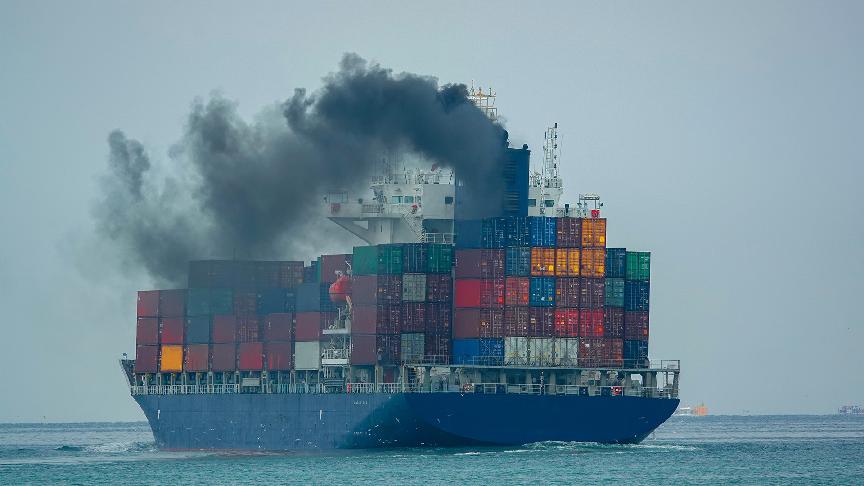WE tend to see two kinds of stories about green shipping: orders for dual-fuel ships, and calls for global regulation to start a green transition. But will these dual-fuel ships run on future fuels? Probably not for a long time.
A report by Zemba, a green fuel buyers’ club, illustrates the problem.
The non-profit group asked 32 fuel suppliers and 15 ship operators based in Europe, North America, Africa, Asia and Australia about the readiness of the e-fuels market.
It found that just 15% of the e-fuel projects it counted were past the final investment decision stage. There were no projects post-FID for e-methane to 2030, the year it expects 27 boxships representing 288,400 teu to be on the water and capable of running on them.
There will be e-ammonia to burn, but not the ships to burn it, since the first are expected to hit the water in 2026.
Myriad challenges stand in e-fuels’ way: the likelihood that e-fuel projects will reach FID; willingness of ship operators to sign longer-term offtake deals; regulation; lack of infrastructure; and the higher price greener shipping will cost.
Out of 62 e-fuel production projects reported, only two declared they had binding offtake agreements, Zemba said.
On the one hand, that suggests some of the output will be available for shipping. But it also casts doubt about whether those projects will survive if no one commits to buy their finished product.
Hopes are fading that hydrogen, from which e-fuels are made, will be around in the amounts needed for shipping and other industries any time soon.
Last week, Origin Energy, one of Australia’s biggest energies companies, dropped out of plans to build a 5,500 tonnes-per-year hydrogen plant in the country’s east, citing high cost and uncertain demand for the finished product.
“It has become clear that the hydrogen market is developing more slowly than anticipated, and there remain risks and both input cost and technology advancements to overcome,” Origin said in a statement.
Mining giant Fortescue abandoned its own hydrogen plans a few months earlier, although it is still working on ammonia-powered shipping.
Energy firms Orsted, Equinor and Shell have also cancelled hydrogen projects in recent months.
The International Maritime Organization is hashing out mid-term emissions measures for shipping, which, if completed on time, would enter into force in 2027. There was still little clear sign of what those measures will look like at last week’s MEPC meeting, or how strong they will be.
Set the carbon price too low and shipping companies will simply pay it and keep polluting. Countries and industry groups will try to add carve-outs and loopholes to the IMO measures, which will at any rate be cobbled together at the last minute because of politics.
Then add a few years of complaints and revisions, as has happened with the Carbon Intensity Indicator mess, and the timeline for meaningful change starts to look longer. All the while, tens of billions will keep being invested in upstream oil and gas.
Ships are getting more efficient, but they are also sailing further because of the wars in Ukraine and the Middle East. Fleet renewal, a good way to cut pollution, has been suppressed by the growth of the dark fleets. So emissions will probably keep rising for a long time, fluctuating in line with world trade.
Salvation for the industry and the planet ultimately lies in governments’ efforts to price the carbon from the stuff shipping carries before that stuff is made and shipped. Until that happens, decarbonisation will be cosmetic at best.







